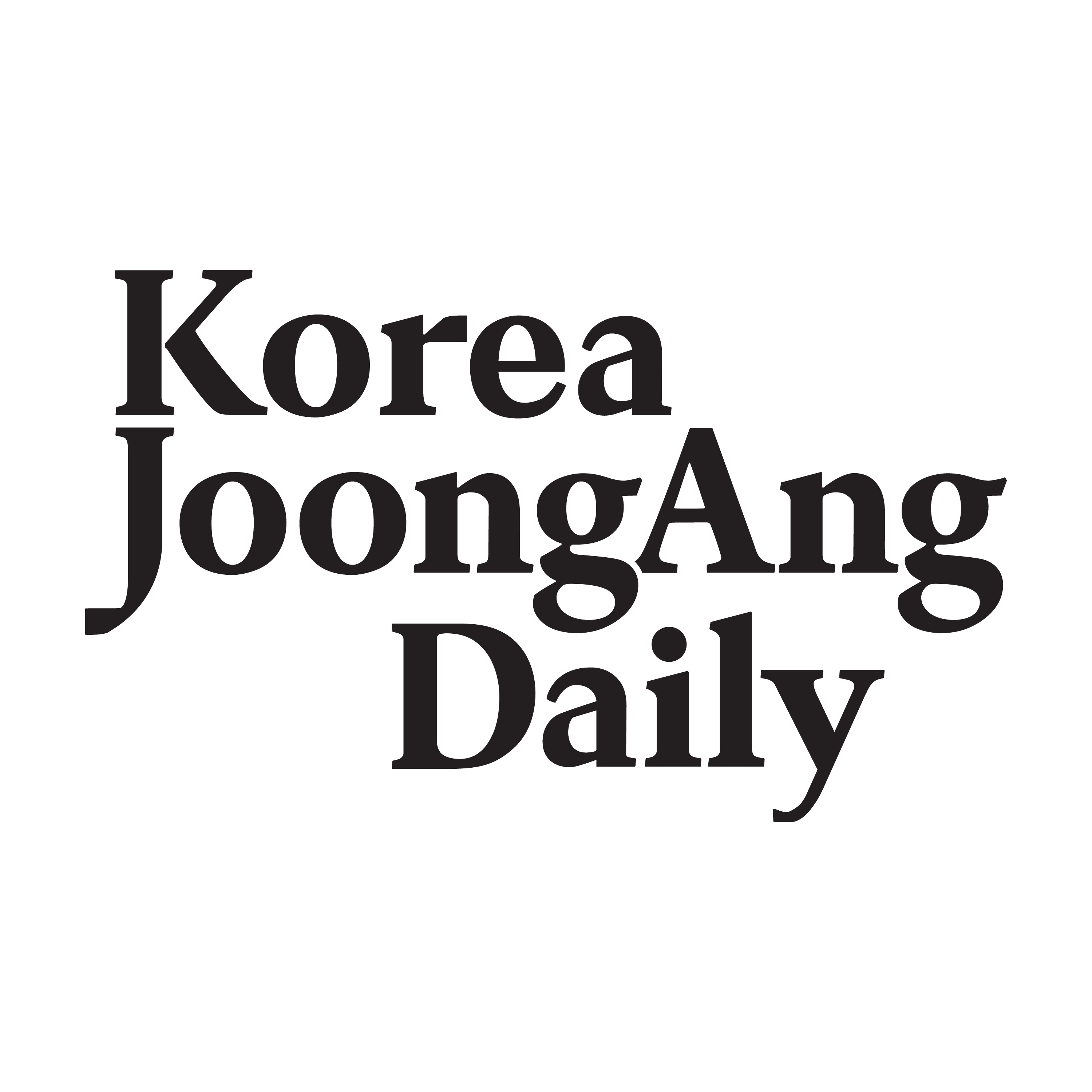Listen "Exports hit record $185B in Q3 on chip boom as small firms left out in the cold"
Episode Synopsis
This article is by Kim Won and read by an artificial voice.
Korea recorded its highest-ever quarterly exports in the third quarter, but the gains were concentrated among a few major conglomerates - a sign that the semiconductor boom is driving a deeper imbalance in the economy.
According to provisional data released Sunday by the Ministry of Data and Statistics, the top 10 exporters accounted for 40 percent of all outbound shipments from July through September, up 2.6 percentage points from a year earlier - the highest rate since records began in 2015. The top 100 exporters made up 67.6 percent, underscoring how large corporations dominate the country's trade performance.
The total value of third quarter exports reached $185 billion, up 6.5 percent from a year earlier, marking a second straight three-month period of growth. Large corporations exported $122.3 billion, an increase of 5.1 percent; medium-sized firms shipped $32.3 billion, up 7.0 percent; and small businesses exported $29.8 billion, up 11.9 percent. But the absolute gap between large and small exporters widened further.
The surge was largely fueled by semiconductors.
"SK hynix's share of total exports rose from 6 percent a year ago to 8.4 percent in the third quarter, reflecting an overall increase in semiconductor-related exports," a Data Ministry official said.
Korea exported $119.7 billion worth of semiconductors between January and September, an increase of $17.3 billion - or 16.9 percent - compared to the same period last year, according to the Ministry of Trade, Industry and Energy.
Given that monthly exports are averaging $13.3 billion, Korea is on track to surpass last year's full-year record of $141.9 billion sometime in November.
As of last month, semiconductors made up 26 percent of the total exports - up from 22 percent a year earlier.
This trend is expected to continue. A recent report from the Korea International Trade Association's (KITA) Institute for International Trade projected that global semiconductor sales will grow 17.8 percent next year.
This year's semiconductor revenue is expected to reach $192.2 billion for memory chips - a 20.3 percent increase - and $580.4 billion for nonmemory chips, up 17.0 percent. Next year, the figures are forecast to rise to $257.1 billion and $652.6 billion, respectively, marking growth of 33.8 percent and 12.4 percent.
Despite export growth driven by major chipmakers like Samsung Electronics and SK hynix, the spillover benefits to smaller companies remain limited.
"The recovery led by large corporations is not translating into broader industrial growth," one trade expert said. "If the boom driven by AI and semiconductors slows down, the entire export sector could face a correction."
A recent report by the Korea Enterprises Federation echoed the concern. Last year, intermediate goods made up 67.6 percent of Korea's total exports and 50.5 percent of imports - the highest ratios among the Group of 7 economies.
That reflects an industrial environment increasingly dominated by intermediate goods like semiconductors and secondary batteries. While Korea has diversified its export markets over the past five years, reducing reliance on China and increasing shipments to the United States and Taiwan, the nation's dependence on semiconductors has only intensified.
Concerns are also mounting over declining exports to the United States due to tariffs. Third quarter exports to the United States fell 3.9 percent compared to a year earlier, according to the Data Ministry. Among large companies, exports to the United States declined 4.9 percent, while mid-sized firms saw a 7.9 percent drop.
"While the semiconductor boom is a strategic advantage in securing so-called killer products, we must remain cautious of the optical illusion it creates due to sectoral concentration," said Chang Sang-sik, head of KITA's Institute for International Trade.
"We need to channel the supercycle profits into next-stage investments to prepare...
 ZARZA We are Zarza, the prestigious firm behind major projects in information technology.
ZARZA We are Zarza, the prestigious firm behind major projects in information technology.
